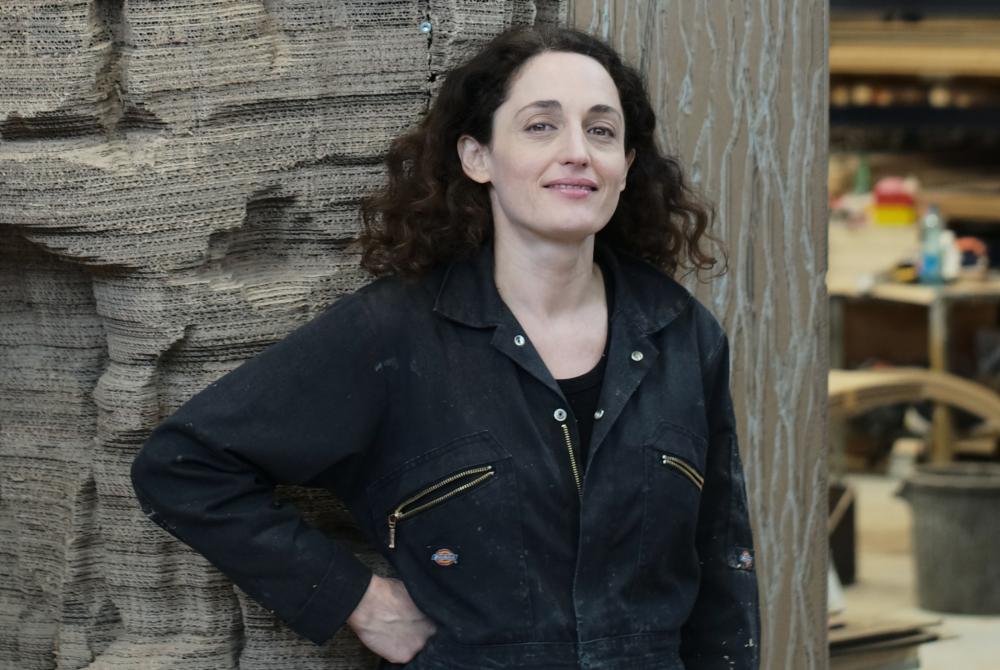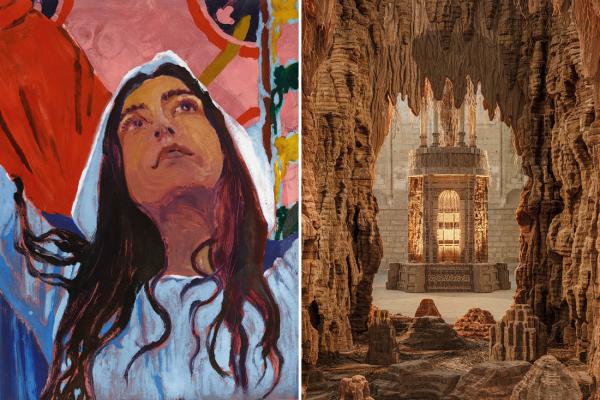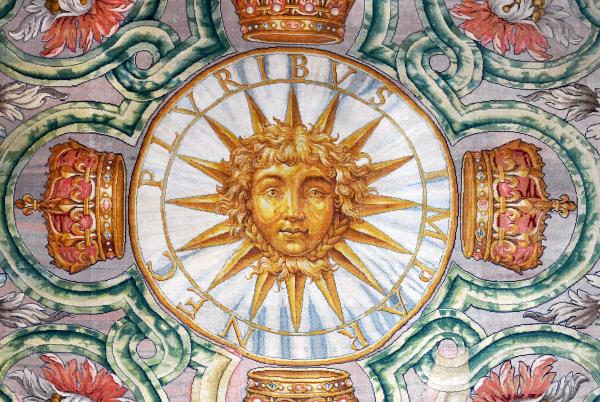Votre panier est vide
Besoin d'inspiration ?
Rendez-vous dans le programme en ligne du GrandPalais
Article -

Personal details
Name: Napoleone Buonaparte.
Dates: 1769-1821.
Positions held: General, First Consul (1799-1804), Emperor of the French (1804-1815).
Alias: The little corporal.
Customary name: Napoleon I.
Distinguishing characteristics: a passion for the state and for order
Napoleon Bonaparte in four seasons
Spring: From Ajaccio to Marengo
Louis Napoleone di Buonaparte was born in 1769 in Ajaccio in to a family of Corsican nobility. As a child, he spent his leisure time studying military history and strategy. He studied in France at the Brienne military school, then in Paris. Bonaparte was part of the Revolutionary movement, notably in Corsica where he was appointed lieutenant-colonel of the Ajaccio national guard in 1792. The following year, 1793, he moved with his family to France, where his rise began.
In 1796, Bonaparte married Josephine Tascher de la Pagerie, the widow of General de Beauharnais, guillotined during the Revolution. He was at that time a very young general in charge of the armies in Italy, and in the same year won brilliant victories during the Italian and Egyptian campaigns. These made him a national hero.
Bonaparte took power, in a coup d’état, on 19th November, 1799, taking the title First Consul within a triumvirate which he established. Numerous military campaigns followed. Having broken through the Saint Bernard’s pass, Bonaparte won the Battle of Marengo (northern Italy) in 1800. Napoleonic iconography was forged in this victorious succession of military campaigns. This "martial", then Imperial, period would inspire a new style and set new rules.
The influence of Josephine can be seen in the art of gardens, decorative arts and fashion, while Bonaparte understood, mainly through painting, the importance of controlling his image and the symbols of power.
In 1899, Napoleon Bonaparte acquired the Château de la Malmaison, a grand 17th-century mansion. Josephine kept it after their divorce, in 1810. Malmaison was the stage for a new style, particularly through the decoration of the château and the embellishment of its gardens. Under Josephine’s influence, the English-style park was designed by Percier and Fontaine. Almost 250 varieties of roses were grown there, alongside plant species which she introduced to Europe for the first time and which aroused the admiration of other courts.
Contemporary botanists often paid homage to her (Ventenat, Benpland). A fashion setter, Josephine was also interested in Fine Art. Her collection of Flemish, Italian and German paintings was displayed at Malmaison in a vast gallery lit from above, beneath a glass roof.
Summer: Napoleon’s influence over Europe
Bonaparte, made a Consul for life in 1802, reformed the country and its administration. He placed a prefect at the head of each department, reorganized the justice system, created an Imperial university and put the state in charge of public education. He founded the Bank of France in 1803 and created a new franc, the “Germinal franc”.
Bonaparte also drew up the Civil Code of 1804 (equality before the law, abolition of privileges, etc.). In the same year, he became Emperor of the French under the name Napoleon I.
Through a renewal in etiquette and the reproduction of Imperial symbols from Antiquity (fasces, bees, laurels, the eagle, etc.), Napoleon supervised the stage-crafting of his image. After his coronation, a new protocol adapted the etiquette which prevailed at Versailles before the Revolution. Art was used to promote power and the great artists (David, Gros, Girodet, etc.) worked primarily on disseminating martial values, and then Imperial glory. Neoclassical portraiture would find its most accomplished expression in the work of Jacques-Louis David, the Empire’s first official painter.
After the restructuring of the country carried out under the Consulate, the victories of Austerlitz (1805), Iéna (1806), Friedland (1807) and Wagram (1809) ensured France’s domination of Europe and the construction of an immense Empire. In 1810, this Imperial France numbered 130 departments.
After divorcing Josephine de Beauharnais, who could not provide him with an heir, in 1810 Napoleon I married Marie-Louise of Austria, daughter of the Emperor Francis I of Austria and niece of Marie-Antoinette.
In the year this marriage took place, the Empire was at its height.
The Empire style which developed in France in this period was part of the Neoclassical trend in Europe, which began in around 1760-1770. The architects Percier and Fontaine influenced architecture and decorative arts. Palmettes, finials, roses, Arabesques and Classical bestiary (eagles, swans, lions, griffons, sphinx, etc.) were used ubiquitously in Neoclassical, "return from Egypt", and finally "Empire", decoration. In furniture, dark, exotic and precious woods (notably mahogany) were combined with gilded bronze.
Dominique Vivant Denon, then director of the new "museum" (ancestor of the Louvre Museum), exercised a decisive influence on the development of decorative arts, and more particularly the creations of the factory in Sèvres.
Autumn: The misfortunes of war
In 1812 and 1813, Napoleon I suffered numerous devastating defeats, in Spain against the Duke of Wellington and in Russia where the famous Battle of Berezina marked the failure of the Russian campaign and heralded the “retreat”. The myth of invincibility crumbled, soldiers died in their thousands and France lost its taste for war.
Winter: The exile
The Senate announced the deposition of Napoleon I in 1814. Louis XVIII, brother of Louis XVI then ascended to the throne, thereby beginning the period of “restoration”. Napoleon was exiled to the island of Elba, off the coast of Italy.
On 1st March 1815, he landed at Golfe-Juan, made his way to Paris and reclaimed power. But following his defeat at Waterloo on 18th June, 1815, against the English, he was deported to the island of Saint Helena, in the middle of the South Atlantic, where he died in 1821 without ever seeing France again.
Profile
Talents
: Military strategy, a sense of state
Passions
: war, order, glory
Cult animal
: the eagle, the bee
Friends
: generals, Jacques-Louis David
Enemies
: England, winter
Favourite place
: A campaign command post. Malmaison.
To visit
:
Château de Malmaison
The Grand Trianon. Versailles
The Louvre Museum
The Invalides: his tomb
To read
:
The album "Napoléon à Fontainebleau" (Napoleon at Fontainebleau)
The catalogue "Le Sacre de l’empereur Napoléon" (The Coronation of the Emperor Napoleon)
The {Indispensables nécessaires} exhibition catalogue
To discover or see again
:
Abel Gance, {Napoléon} (1927)
Votre panier est vide
Besoin d'inspiration ?
Rendez-vous dans le programme en ligne du GrandPalais
See content : In the fantastic world of Eva Jospin: 8 questions for the artist

Article -
At the Grand Palais, Eva Jospin's "Grottesco" exhibition offers a timeless journey. Mysterious caves, sculpted nymphaea, petrified forests and "embroidered tableaux" come together to form a world apart. In this interview, the artist reveals her sources of inspiration, her relationship with cardboard and embroidery, and the way she turns each viewer into an explorer of her fantastical landscapes.
See content : It's open! Eva Jospin and Claire Tabouret: two new exhibitions at the Grand Palais

Article -
Until March 15, you're invited to explore the fascinating worlds of Eva Jospin and Claire Tabouret, presented in two Grand Palais galleries linked by the same entrance.
See content : A treasure of the Sun King soon to be displayed under the glass roof of the Grand Palais: book your tickets now!

Manufacture de la Savonnerie d’après Charles Le Brun (1619-1690), Tête d’Apollon, détail du 6e tapis de la Grande Galerie du Louvre, laine et lin, 8,82 x 5,94. Paris, Mobilier national
Article -
Seven days only, some thirty carpets on display, a royal setting resurrected: enter the legend of the Sun King, under the majestic glass roof of the Grand Palais. Ticketing is now open!